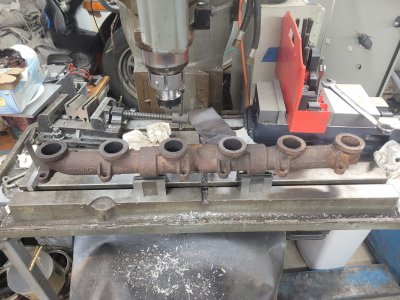- Joined
- Jan 1, 2018
- Messages
- 1,156
Not really, it does keep them from rusting, but it goes all hard and sticky. What does seem to work pretty good is Maalox (liquid heartburn stuff). I think it's a slurry of talc. Anyway, when it dries it does a real good job of preventing seizing, and heat doesn't seem to bother it.
Great idea. P.S. It is actually calcium carbonite (chalk). With no grease to burn off I can see how it would stand high heat better.
I use anti-seize in my engine compartment and it works very well. I just can't see how it would stand up to the high heat of a turbo though. A quick google search shows calcium carbonate is stable to 880c or 1616f... this sounds more turbo friendly.


